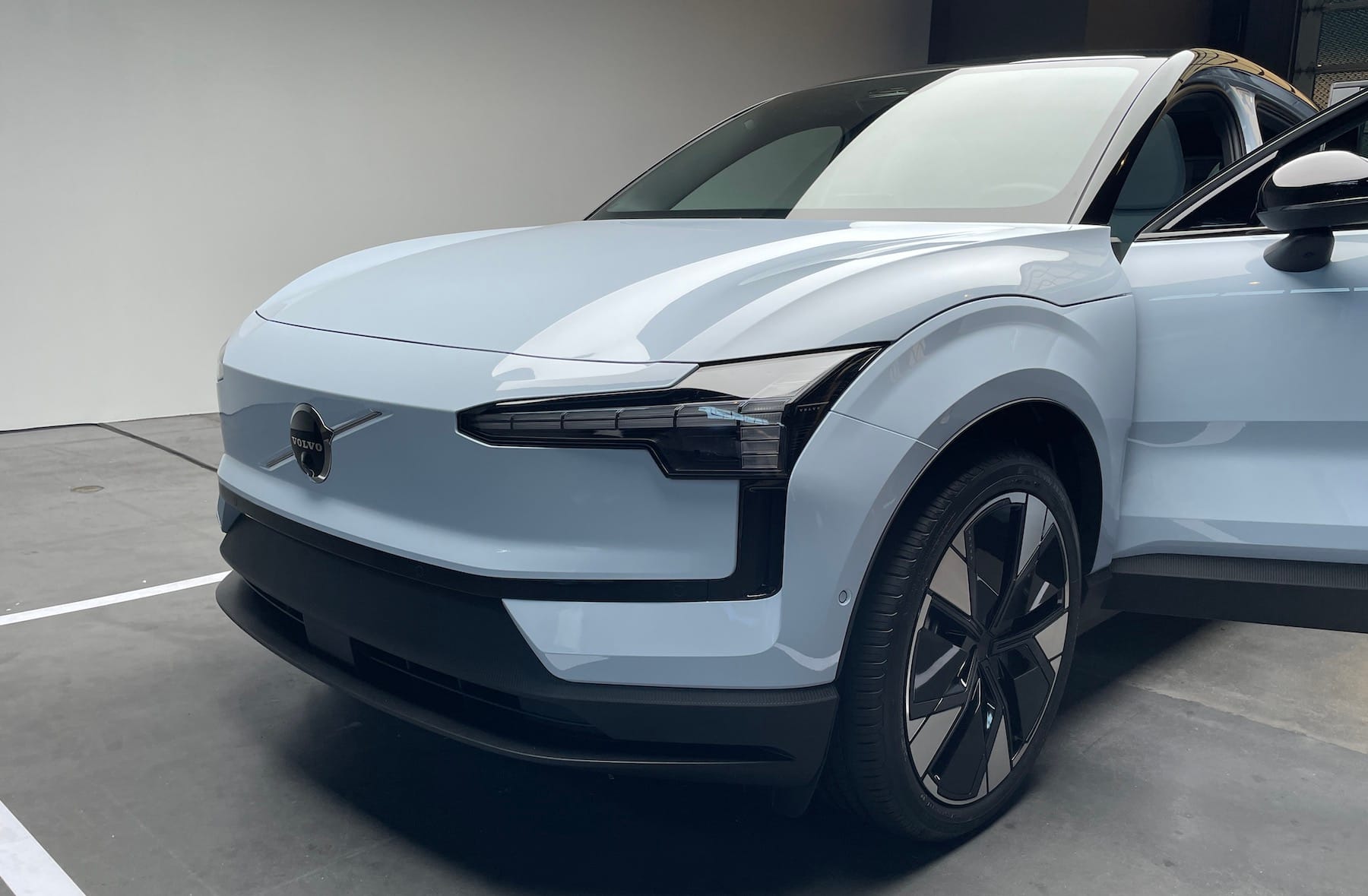The Next Great EV Will Be Cheap
The race is on to build a game-changing affordable EV.

This occasion passed with much less fanfare than you might’ve expected, but Tesla (formerly Tesla Motors) turned 20 this month. Back then, Tesla’s co-founder — no, not the guy you’re thinking of — Martin Eberhard called the very few green vehicles on the market around that time “punishment cars.” Abysmal little things. Seemingly designed by and for people who didn’t think you should be driving at all, and nothing with any real appeal beyond a vague notion of saving the planet.
One of Tesla’s greatest victories was making EVs sexy and fast and desirable. Particularly with the Model S, a flashy luxury car that competed directly against the best from Mercedes-Benz and BMW. And it worked, eventually; almost every automaker has spent the last few years racing to catch up using the same playbook.
But what the rising EV industry needs now — what the world needs even more — is more EVs at the bottom of the market. And this time, they won’t even be the punishment cars that Eberhard hated so much.
There remain two major barriers to wider EV adoption. The first is making charging more widely available and less terrible, both at home and in public; that’s changing quickly thanks to huge government investments and market forces. Just this week, seven major global automakers announced they’d team up to do what Tesla did years ago by building a vast charging network across North America. It’s going to take years to fully materialize, but it’s progress nonetheless.

